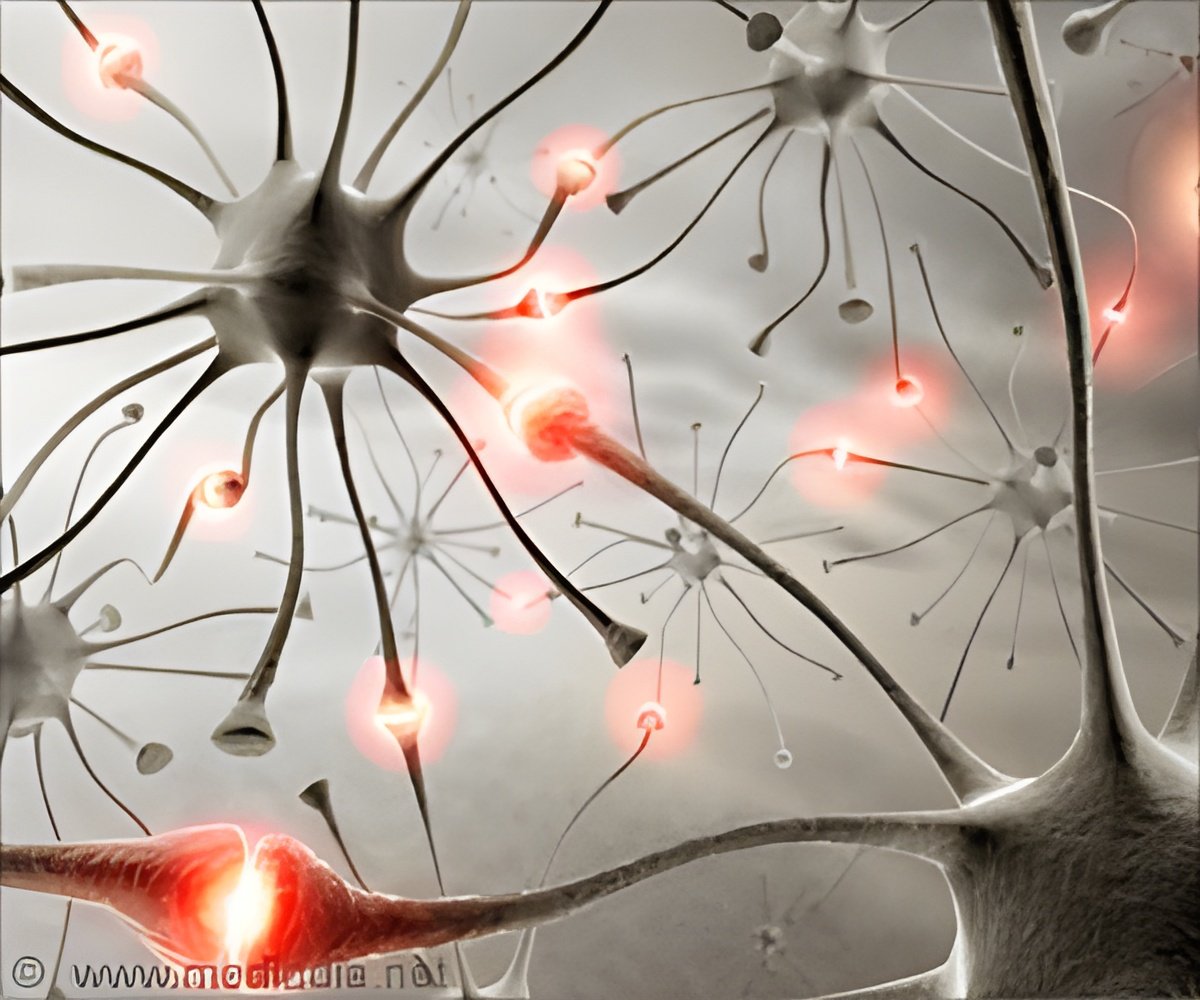Surge of glutamate, a key neurotransmitter in the brain deciphers the basis for the onset of migraine with aura and other neurologic diseases.

‘Surge of glutamate, a key neurotransmitter in the brain deciphers the basis for the onset of migraine with aura and other neurologic diseases. This finding might help decode treatments for multiple neurological diseases.
’





Glutamate is a major excitatory neurotransmitter, released as a signal between nerve cells. A surplus amount of it may overexcite the cells and damage them. Nevertheless, the brain has evolved ways to limit its effects. Migraine is a common disabling neurological condition that is primarily characterized by intense, debilitating headaches. Associated symptoms include nausea, vomiting, difficulty speaking, numbness or tingling, and sensitivity to light and sound.
The Glutamate plumes:
The study result was discovered accidentally when studying abnormalities in glutamate signaling in mice carrying a human gene that leads to a condition called familial hemiplegic migraine type 2 (FHM2). However, earlier reports suggest that the FHM2 mutation slows the rate of glutamate removal from the extracellular space, leading to excessive activity of brain networks. But the converse was found in the present study.
"Everything I'd read about neural glutamate signaling told me the plumes shouldn't be there. It wasn't exactly a 'eureka' moment. More like, 'What the heck was that?'" says Lead author Patrick Parker, Ph.D.
Advertisement
Further observation revealed the spreading of the exciting cell signals – depolarisation of one neuron led other neurons to fire massively. And this spread is often generated by plumes which upon inhibition, stopped the depolarization.
Spreading depolarizations are not as well-known as seizures, the more famous excitable event of the brain. But they are just as common--and under certain conditions, like stroke, subarachnoid hemorrhage, and traumatic brain injury, they can be just as damaging.
"There is an emerging theme of impaired control of glutamate by various means in migraine, and plumes add compellingly to that story," says Parker.
To strengthen the role of plumes in migraine, the researchers are further set to directly test whether glutamate plumes are also involved in other neurological disorders, with an eye toward treatments that might be relevant to multiple diseases.
Source-Medindia















